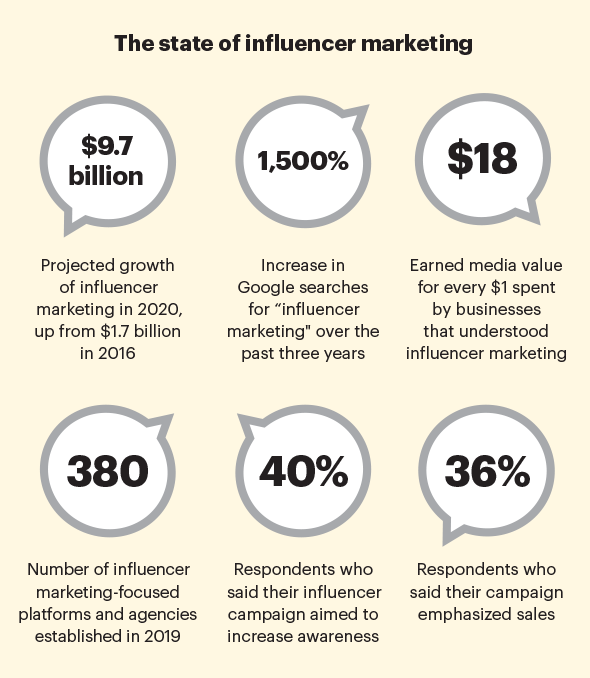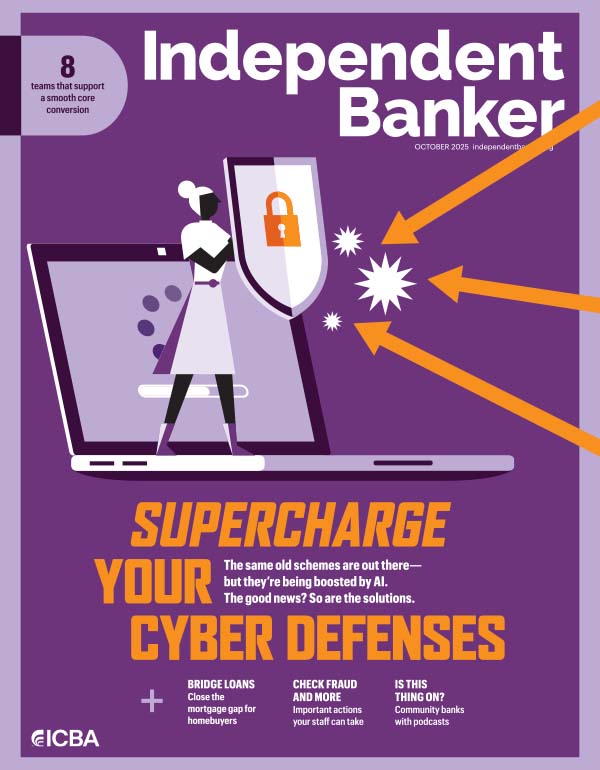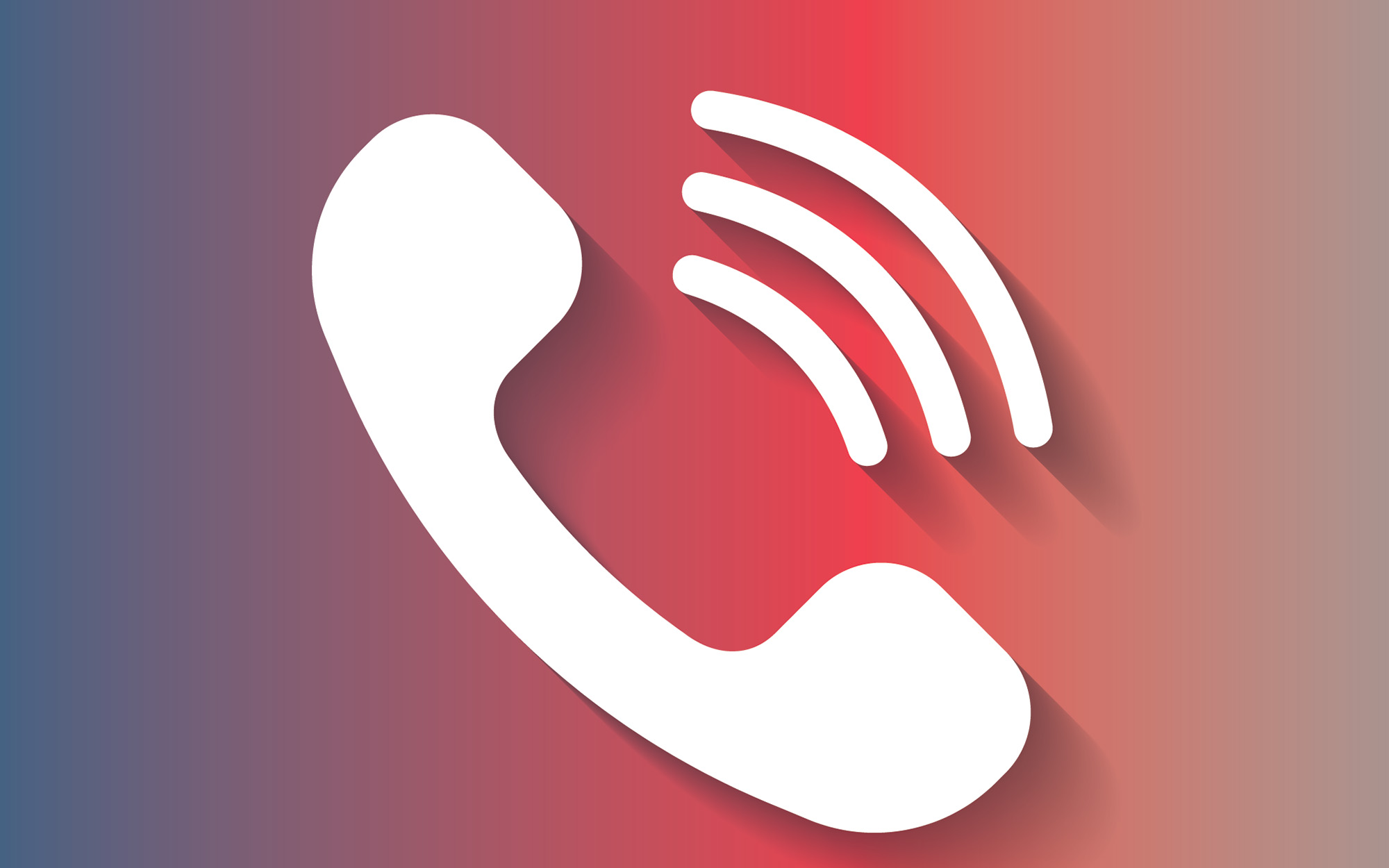Influencer marketing has gone mainstream. While it’s often associated with selling trendy fitness products on Instagram and Facebook, influencer marketing is making its way into established brands and businesses, including community banks, with impressive results. But what influencer marketing looks like in the digital age is a far cry from the celebrity endorsements and product hype of a few years ago.
“I think the simplest way to describe this type of marketing is brand advocacy, where a brand partners with [influential people or organizations] whose audiences align with the brand’s business,” says Alana Levine, chief revenue officer for Vancouver, Canada-based Fintel Connect, a performance-marketing fintech and finalist of the 2020 ICBA ThinkTECH Accelerator. “There are leading voices in the financial services space that help educate, inform and engage a particular niche community of followers or audiences.”
Quontic Bank in New York City is a strong advocate for influencer marketing. According to Patrick Sells, the $1.2 billion-asset community bank’s chief innovation officer, Quontic Bank uses influencer marketing for everything from attracting new customers to talent acquisition. “In the last two months, we hired eight people who found us [through influencer marketing],” Sells says. “If I had to pay recruiting fees, I would have paid $80,000.”

Organic vs. paid
Sells points out that there are two types of influencer marketing: organic, where influencers mention a brand or product without a paid contract; and paid, where the brand contracts with the influencer and pays them to promote the product. Quontic Bank uses both.
One of the advantages of using paid marketing through a vendor like Fintel Connect, he says, is that the company helps manage compliance concerns so the bank doesn’t have to. It also helps community banks find the right influencers based on the featured product or business goals.
Avidia Bank in Hudson, Mass., has opted for a more organic approach to influencer marketing. Previously, the $1.9 billion-asset community bank relied solely upon its own brand channels to promote its products, services and events. But most recently, it has relied on its own trained employees to serve as brand ambassadors, promoting brand awareness and loyalty.
“People pay attention to people,” says Katelin Cwieka, assistant vice president and marketing communications manager at Avidia Bank. “When employees speak about what they love about their job, that provides a personalized touch.”
Build a customized strategy
With experience in both paid and organic influencer marketing, Cwieka believes community banks can take advantage of this marketing strategy in a way that matches their market, values and budget. Primarily, she says, community banks need to determine their primary goal for their influencer marketing campaign. Is it to grow followers, build more brand awareness or deepen the bank’s relationship with customers?
“The area where there is a lot of opportunity for community banks is understanding how an influencer can help in marketing efforts to build brand loyalty and expand your reach to a target audience,” says Jody Guetter, chief marketing officer at Social Assurance in Lincoln, Neb. “Because of the ways influencers engage in their communities, it gives you a lifeline and puts you in direct contact with a broader audience, opening up possibilities for them to share your content and promote your financial brand.”
Before venturing into influencer marketing, whether organic or paid, make sure compliance is a part of the conversation. Cwieka urges community banks to include compliance technology in their marketing budgets. Any organization a community bank partners with should have tools in place to maintain compliance processes. And at a more basic level, if a bank plans to work with an individual or community leader, consider whether they have a history of displaying good behavior online and if their values align with the bank’s.
Although influencer marketing is still largely an untapped marketing option, it presents an opportunity for community banks to get in front of customers and potential customers in a thoughtful and values-based way.






